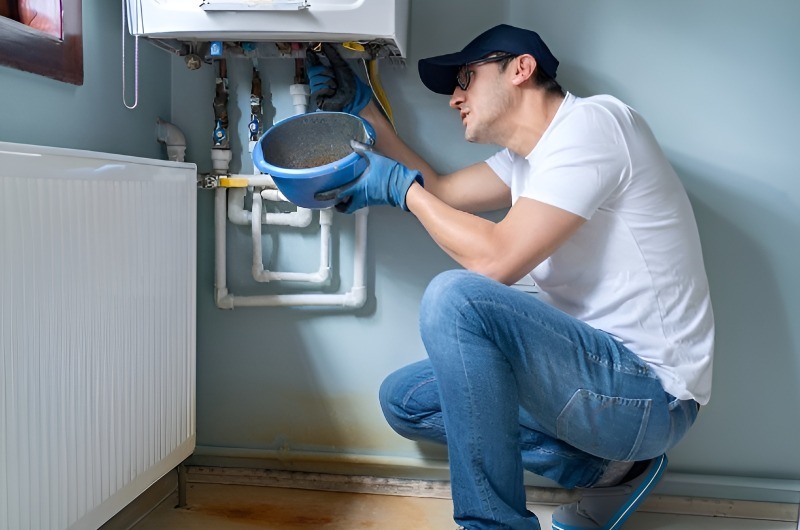1/19/2025 3:53 PM

Tackling a water heater repair can seem daunting, but with the right guidance, many small fixes are entirely manageable on your own. Before diving into any water heater repair, ensure safety by turning off the power source and water supply. Now, let’s explore common issues and solutions for water heater repair.
If your water heater isn't producing hot water, it might be a faulty thermostat or heating element. For electric models, start with a reset of the unit. Gas models could have issues with the pilot light or thermocouple. Ensure the pilot is lit; if it doesn't stay on, the thermocouple might need replacement.
Experiencing fluctuating water temperatures? Sediment build-up might be limiting efficiency. This common water heater repair involves draining the tank. Connect a hose to the drain valve, open it, and let the tank empty into a suitable drainage area. Be cautious, as the water will be hot!
In some instances, a water heater error code may appear, such as 'E05' or 'F76'. These codes come from modern units and might require professional assessment. If you encounter an unfamiliar error code, we recommend calling our expert team at [Your Company Phone Number] to book an appointment.
Dealing with leaks near your heater? Check the connections and fittings. Tighten any loose bolts or replace connectors, ensuring all are dry before restarting the unit. If the leak persists, this might be a sign that a water heater repair professional is necessary.
For minor troubleshooting, ensure your thermostat is correctly set. It should be around 120°F to provide efficient heating without scalding risks.
Remember, while DIY solutions can address simple water heater repair issues, others may require a professional touch, especially when dealing with gas or electrical failures. Our team is ready to help if uncertainty arises—keep our number handy and don’t hesitate to reach out!